Trompette's Defence of Canada's Permanent Force

Trompette's Defence of Canada's Permanent Force
"Trompette" was the nom de plume of the person, likely a well-connected officer of the Militia whose byline accompanied the weekly column Blasts from the Trumpet in The Quebec Daily Telegraph for many years.
Blasts from the Trumpet
The Quebec Daily Telegraph, 10 April 1897
"Economist," in the last issue of the Canadian Military Gazette, says of the Permanent Corps "It has been clearly demonstrated in the very able lecture delivered at the Military Institute by Capt. Cartwright, R.R.C.I., that the permanent schools as instructional bodies are a very expensive luxury and that the public are paying too dearly for this whistle. The Northwest campaign of twelve years ago also fully demonstrated that as a fighting body they were a lementable failure. Again, the Militia Report proves beyond dispute that as military organizations something very radically wrong exists in the management of these bodies, and it is time that the Government took action on the recommendation of Gen. Herbert and appointed a commission to enquire into the militia system as applied to these corps." The italics are mine.
Perhaps the best answer to this would be a few extracts from Militia Reports. First, as to the Permanent Corps, Gen. Herbert in his report for 1891, says:
"I must bear witness to the excellent work it has done, in spite of many disadvantages. It possesses some excellent officers and no-commissioned officers, to whose constant devotion to duty done, is to be ascribed the marked results that are visible, in the superior training of every officer and man of the Active Militia that has passed under their instruction. The faults, that I have noted, are, in the majority of cases, due to primary defects of organization."
"As a rule, there is no lack of desire on their part to improve themselves, but they require the means and encouragement to do so."
In his report of 1892, he says:
"Both the Cavalry and the Infantry of the Permanent Force are far below the standard of efficiency which has been attained by the Artillery."
After explaining the reasons for this he adds:—
"They deserve, however, none the less credit for the measure of success which has attended their efforts, and for their endeavours to make good their deficiency of early training."
Speaking of officers and N.C.O. attached to Imperial units for instruction, he says:
"The visible result has amply justified the expenditure."
In his report for 1894:
"Three officers this year have been sent to England. It is pleasing further to record, in this connection, that all, who have thus been associated with the Imperial Forces in England have earned themselves an excellent reputation, from the officers under whom they served."
"Generally speaking, if these regiments have not yet attained the full degree of efficiency, which I should wish to see, they constitute nevertheless a very valuable force, of which Canada may feel justly proud."
In the report for 1895, Col. Powell says:
"The Permanent Corps perform their duties of instruction as satisfactorily as circumstances will allow, and aside from their ordinary duties are carrying on a most useful and necessary work in the aid they give to those branches of the service that need it, &c."
As to their fighting qualities in 1885, I find from official reports that of the 270 officers and men of the permanent Corps that were in the neighbourhood of the fighting, there were 25 casualties, or more than nine and one half per cent. Of the 2,200 of other corps the casualties were 86, or less four per cent, and a considerable proportion of these casualties were in the Mounted Police, which more properly should be considered permanent Corps. With the above opinions and facts on record, the Permanent Corps can afford to smile at the slanderous attacks of "Economist" and others of that ilk.
But let me quote further. Report, 1891, Gen. Herbert, says, of City Militia:—
"As regards military training, city corps are at a great disadvantage. They acquire the forms of drill in the drill shed, but have no means of learning their practical application."
Rural Corps:—
"The rural corps are very deficient in instruction, but their organization is still more defective."
Staff:—
"The existence of an energetic and capable staff is indispensable to secure the efficiency of any military organization whether it consists of regular or militia troops."
Now mark the following in connection with the last paragraph, quoted from "Economist." The General is speaking of the active militia, not of the Permanent Corps:—
"That the militia act has not fulfilled the expectations formed 25 years ago, is sufficiently evident to anyone who carefully examines the present condition of the force, &c."
"The times seems to have arrived when a fresh enquiry should be made into the working of the Militia Act, in order to ascertain how far it has provided an organization capable of adapting itself to ever changing conditions and increased responsibilities."
"It is a common error to confuse drill with organization and to suppose that because a certain number of men, each year, are given twelve days elementary instruction in military exercises, therefore, a military organization exists. There can be no greater or more fatal misapprehension. The men thus drilled are but the elements from which a defensive military force may be created.
Further comment appears unnecessary.

Blasts from the Trumpet
The Quebec Daily Telegraph, 1 May 1897
A short time ago I compared "Economist's" statements as to the value of the Permanent Militia as instructional bodies with facts drawn from Militia reports, and thereby showed—to put it mildly—how very unreliable he was. My attention has been called to another sentence in his truthful letter which is as follows:— "It is not generally known by the Canadian taxpayer that out of a body of 800 enrolled men, no fewer than one-fourth desert, &c.," and far more ingeniously that ingenuously, he pretends to quote from Militia Report of 1895 in support of his assertion. He says that 22 men deserted, but omits to tell his readers that 38 returned from desertion, leaving the net loss 184, the strength being 904. He also omitted saying that this was by far the largest number of desertions in any one year since the first establishment of the corps. He will also probably forget to tell his readers that the net loss during the year 1896 was 58, or that the average loss during the past six years has been less than one-seventh of the strength. Perhaps he is not aware of the fact that a generous Government permits the corps canteen to bear a large share of the cost of arresting deserters, and that the facilities at every station for getting away are all that a deserter could wish. I fear that even "Economist" has neither sufficient "common sense nor knowledge of human nature" to correctly predict, when a recruit offers for enlistment, whether he will complete his term of service, or desert or become non-effective through disease, death or other cause.

Posted by regimentalrogue
at 12:01 AM EDT
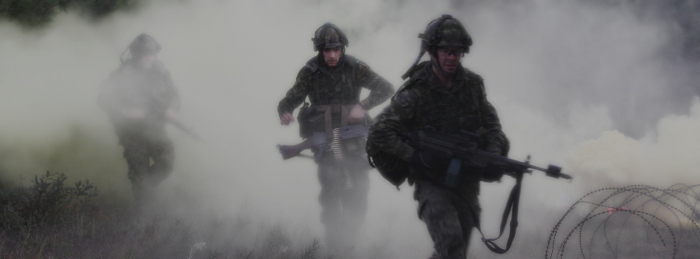
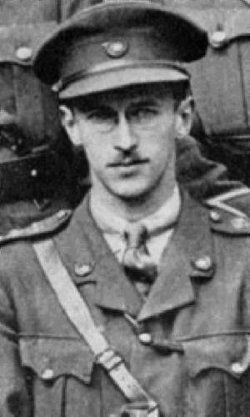 The "Man-in-the-Dark"
The "Man-in-the-Dark"


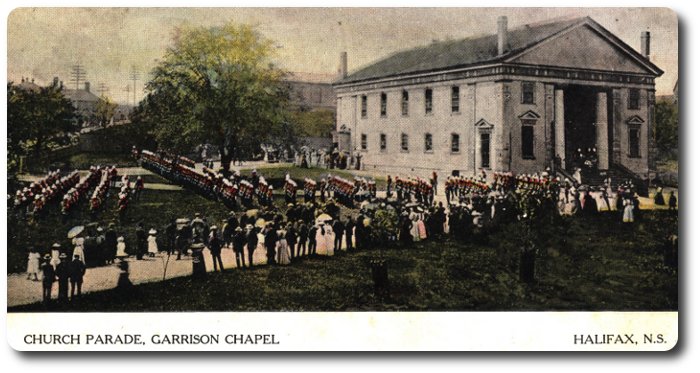
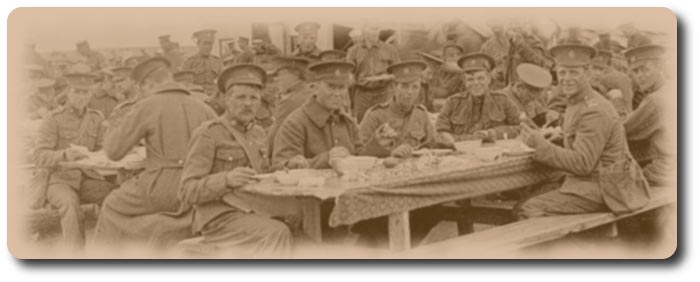

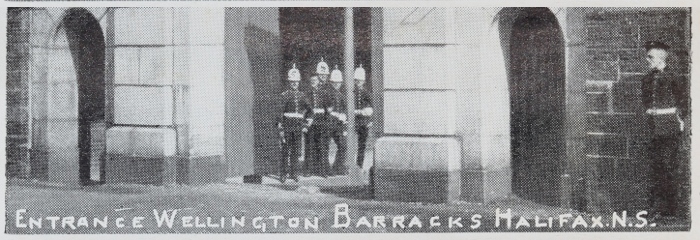
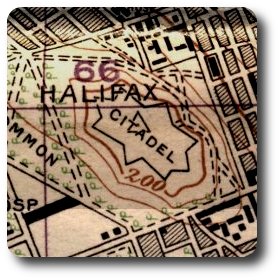 The Daily Telegraph; Quebec, Thursday, 30 November, 1905
The Daily Telegraph; Quebec, Thursday, 30 November, 1905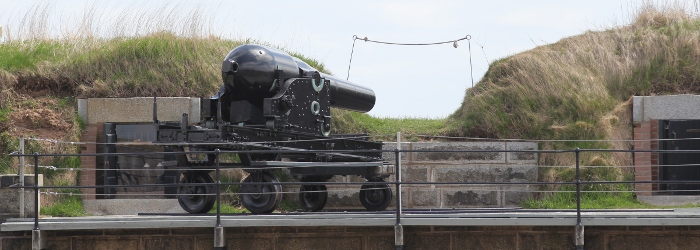

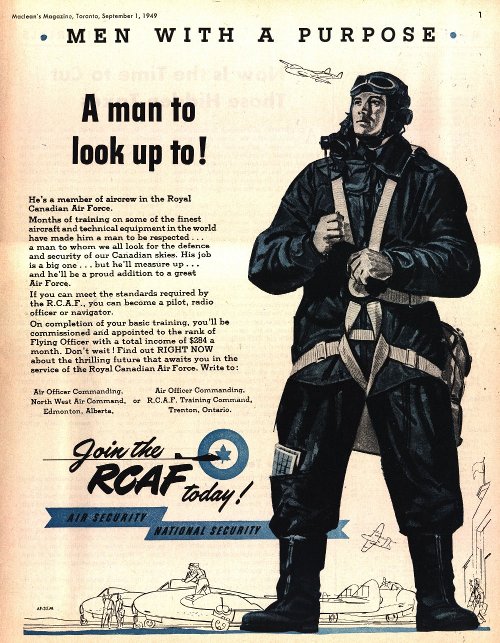

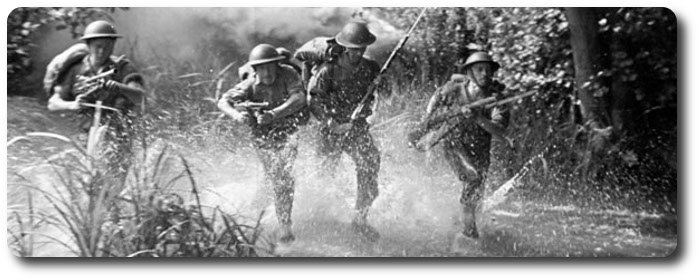
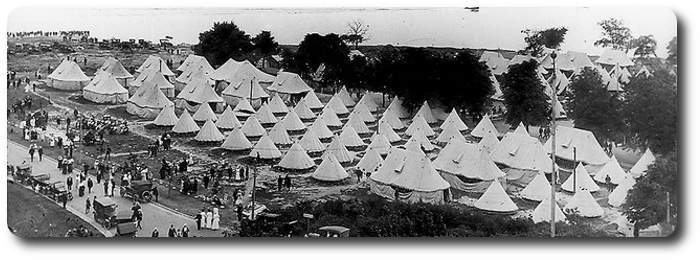
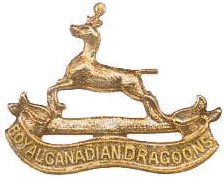
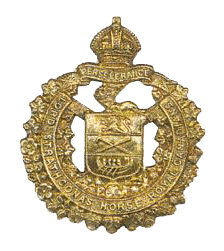
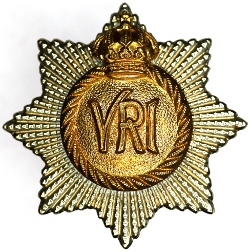
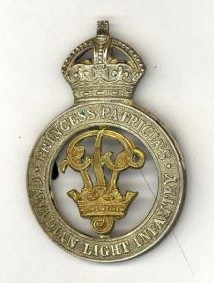
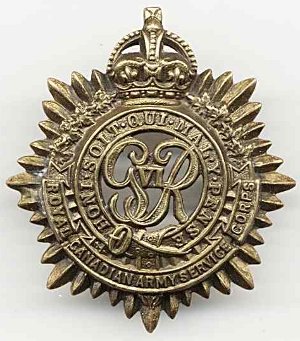
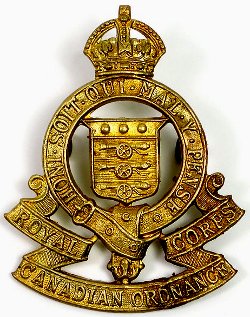
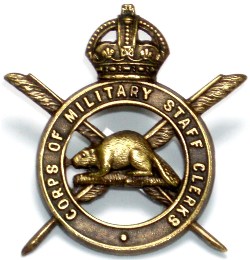

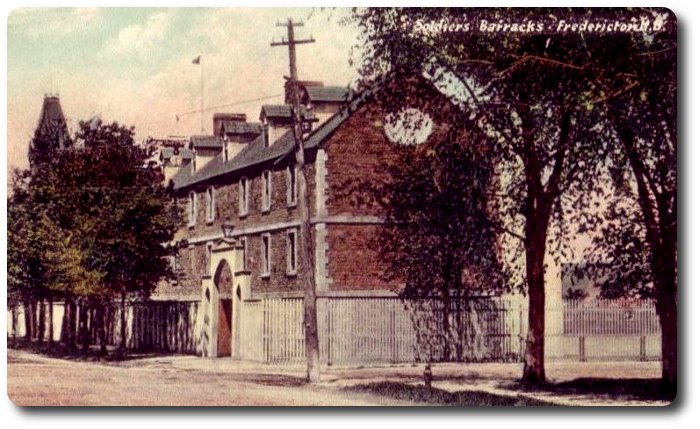
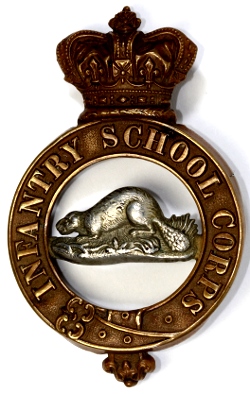 A lively fight took place of Tuesday evening between soldiers of the
A lively fight took place of Tuesday evening between soldiers of the 
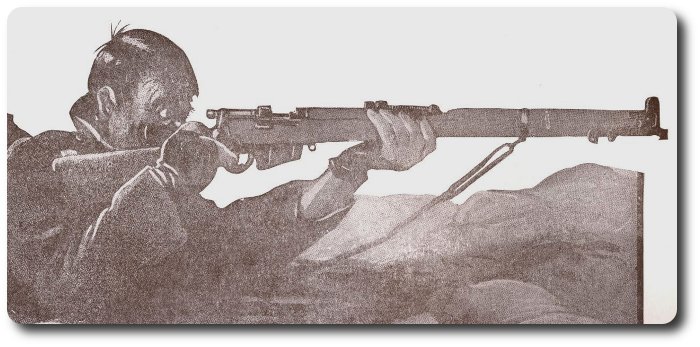
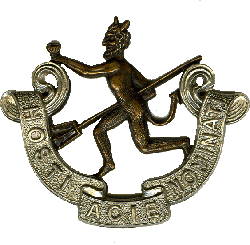 July was a sniper's month. True, every month is a sniper's month; the great game of sniping never wanes, but the inactivity in other methods of fighting left the field entirely free for the sharpshooter in July.
July was a sniper's month. True, every month is a sniper's month; the great game of sniping never wanes, but the inactivity in other methods of fighting left the field entirely free for the sharpshooter in July.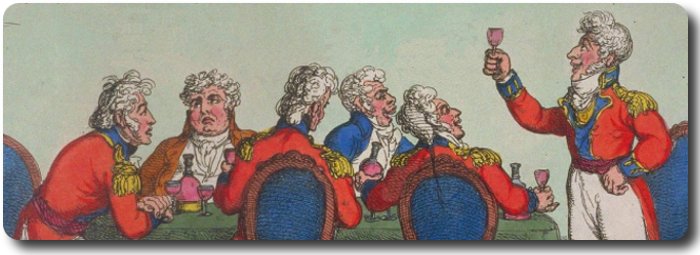
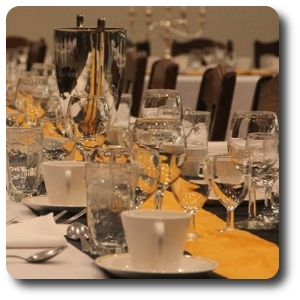 The
The 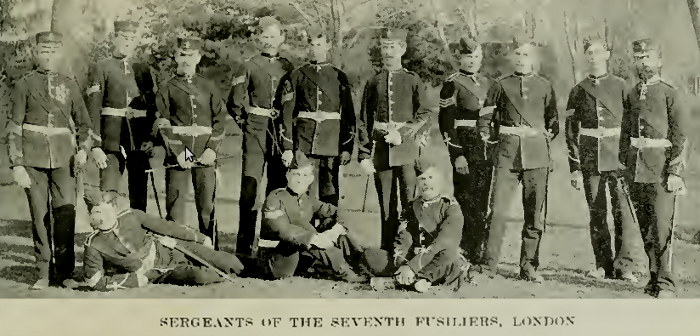
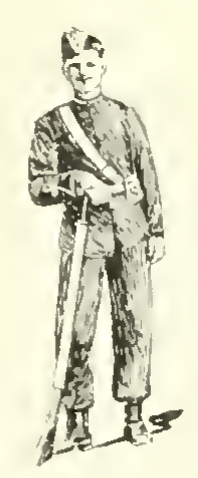 Last evening the camp was completed by the arrival of the 22nd Oxford Rifles, and to-day the whole plain is dotted with snow white tents to the number of three or four hundred. Even at this early day the camp looks well, the many bright colored flags marking the various headquarters and other prominent points, increasing the attractive appearance of the encampment. Visitors, of whom there were a good many, find much to enjoy and interest them in a trip through the lines.
Last evening the camp was completed by the arrival of the 22nd Oxford Rifles, and to-day the whole plain is dotted with snow white tents to the number of three or four hundred. Even at this early day the camp looks well, the many bright colored flags marking the various headquarters and other prominent points, increasing the attractive appearance of the encampment. Visitors, of whom there were a good many, find much to enjoy and interest them in a trip through the lines.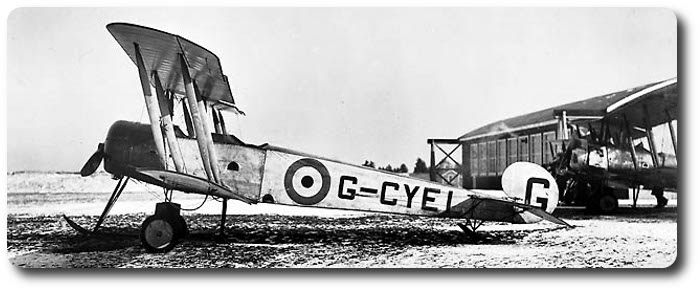
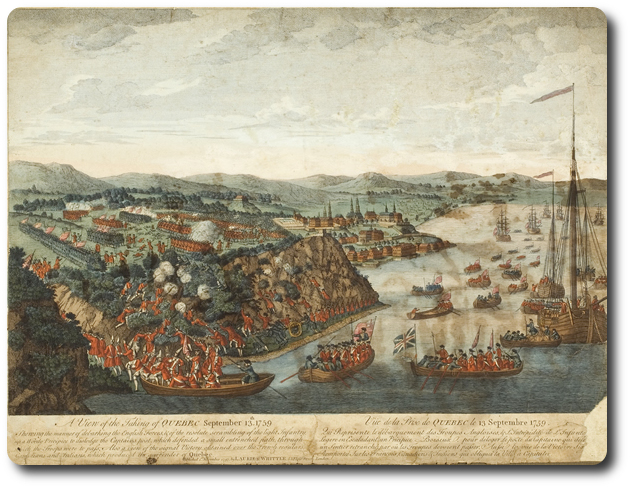

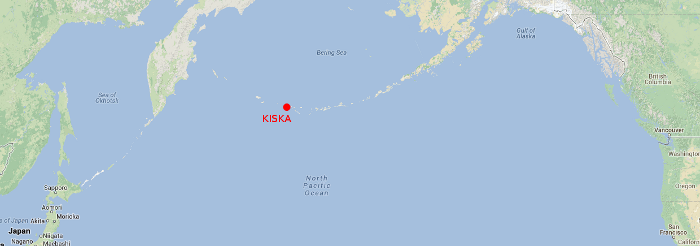
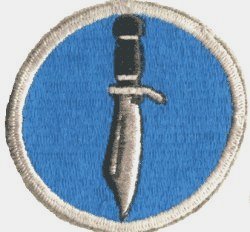
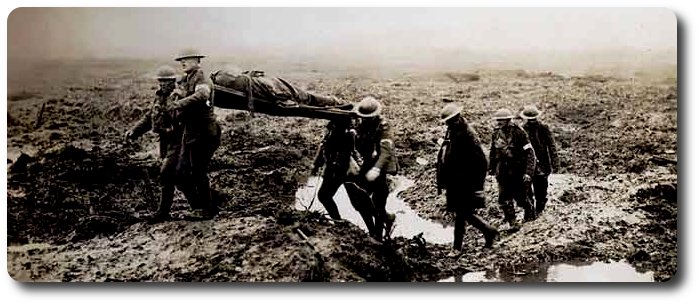
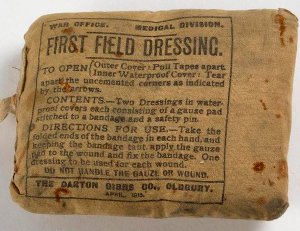 1. Every officer and man will carry on a string round his neck an identity disc showing his name, number if any, unit and religion. He will also carry a first field dressing in the right hand skirt pocket of his coat. Both disc and dressing should be frequently inspected.
1. Every officer and man will carry on a string round his neck an identity disc showing his name, number if any, unit and religion. He will also carry a first field dressing in the right hand skirt pocket of his coat. Both disc and dressing should be frequently inspected.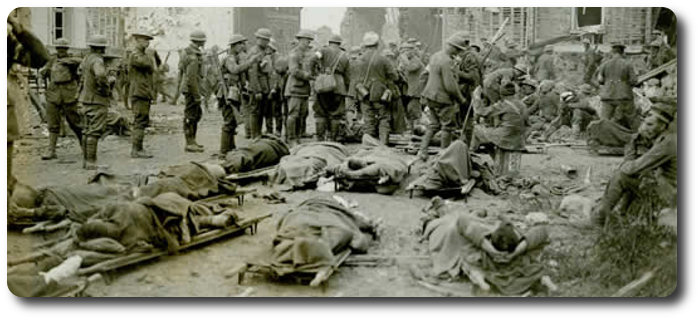
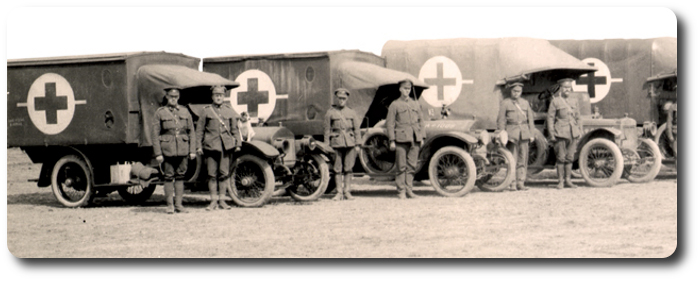
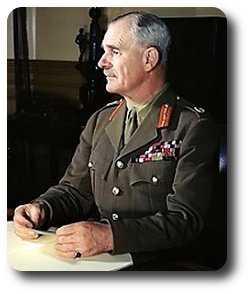 Before dealing with the attempts to modernise our infantry … it seems important to decide what the true role of the infantry is. Here are some that have been suggested in various quarters:—
Before dealing with the attempts to modernise our infantry … it seems important to decide what the true role of the infantry is. Here are some that have been suggested in various quarters:— 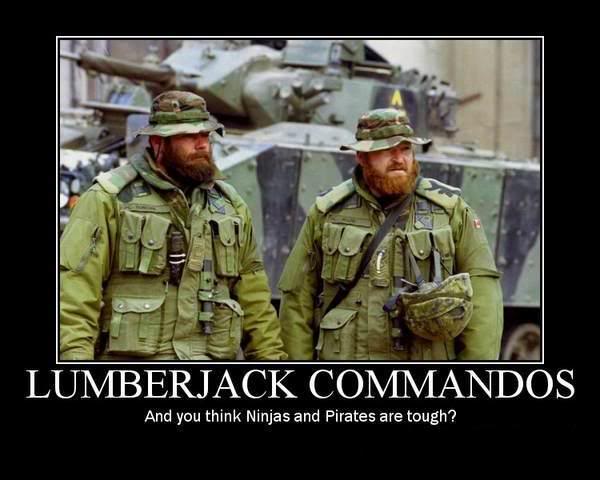
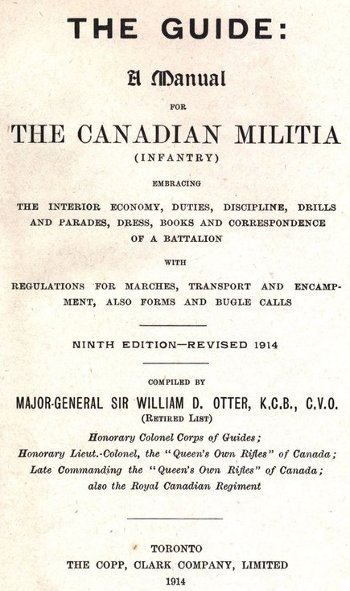 The pioneers are a small section of regimental artificers, competent to repair barracks, furniture, utensils, etc., or do minor mechanical work in barracks or camp, and if need be, instruct others in the same. They should be selected mainly on account of proficiency in their trades, and good character; they may also be employed in the Quarter-Master's store or other duty pertaining to that department.
The pioneers are a small section of regimental artificers, competent to repair barracks, furniture, utensils, etc., or do minor mechanical work in barracks or camp, and if need be, instruct others in the same. They should be selected mainly on account of proficiency in their trades, and good character; they may also be employed in the Quarter-Master's store or other duty pertaining to that department.